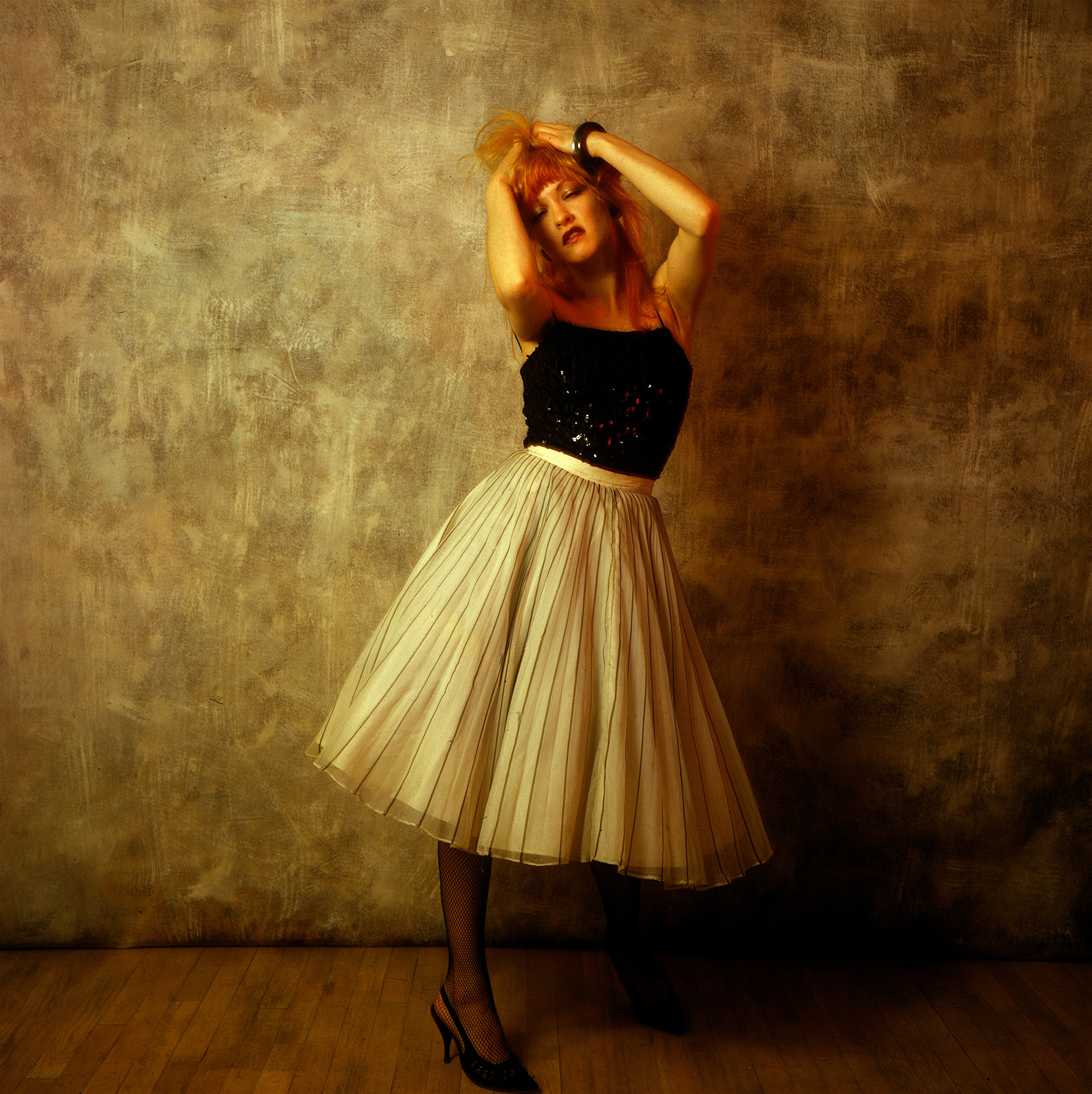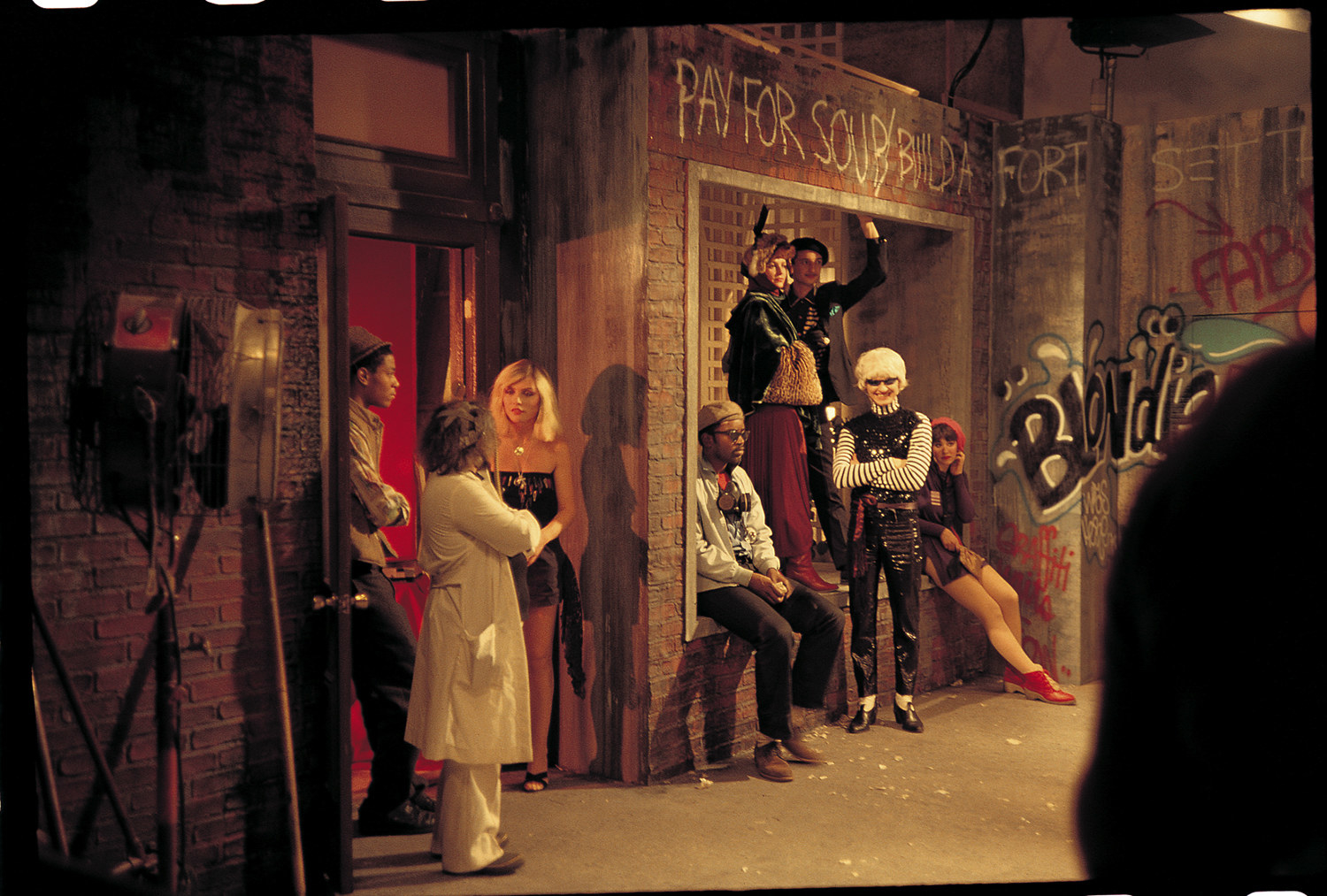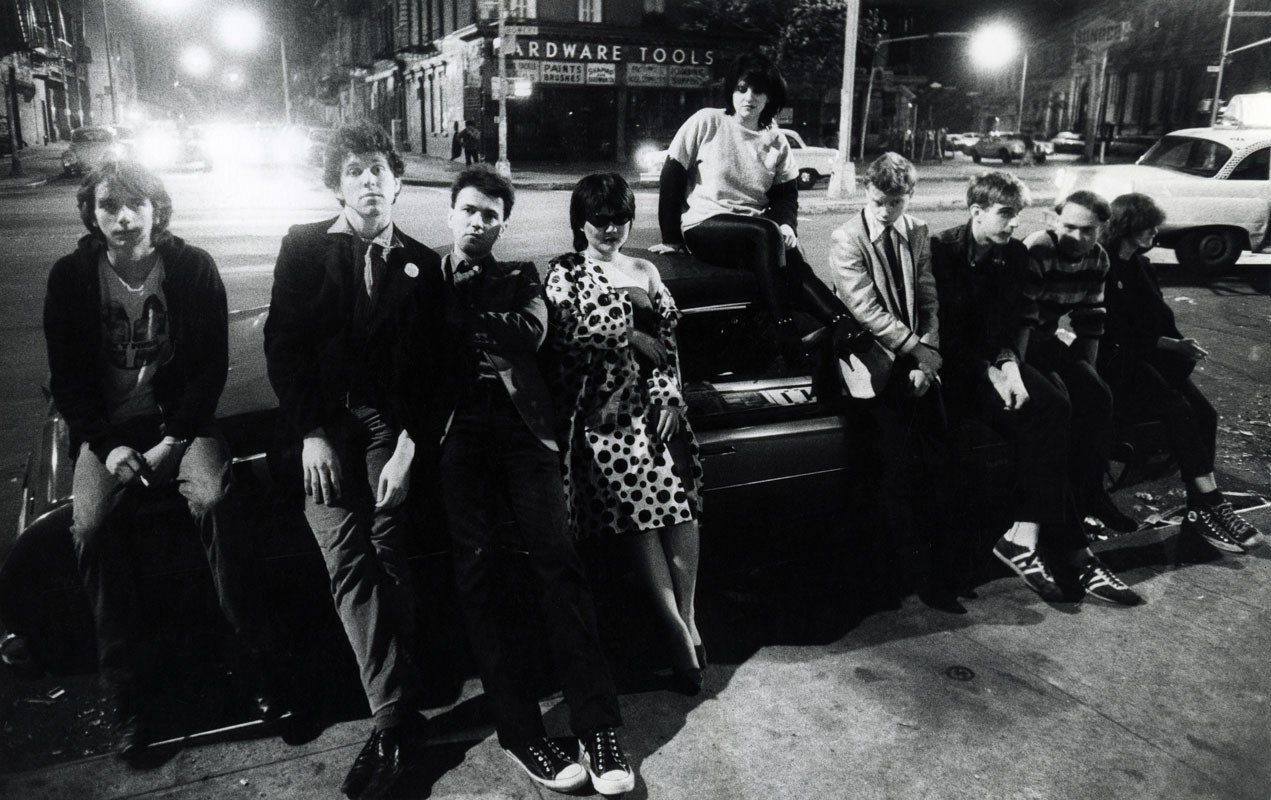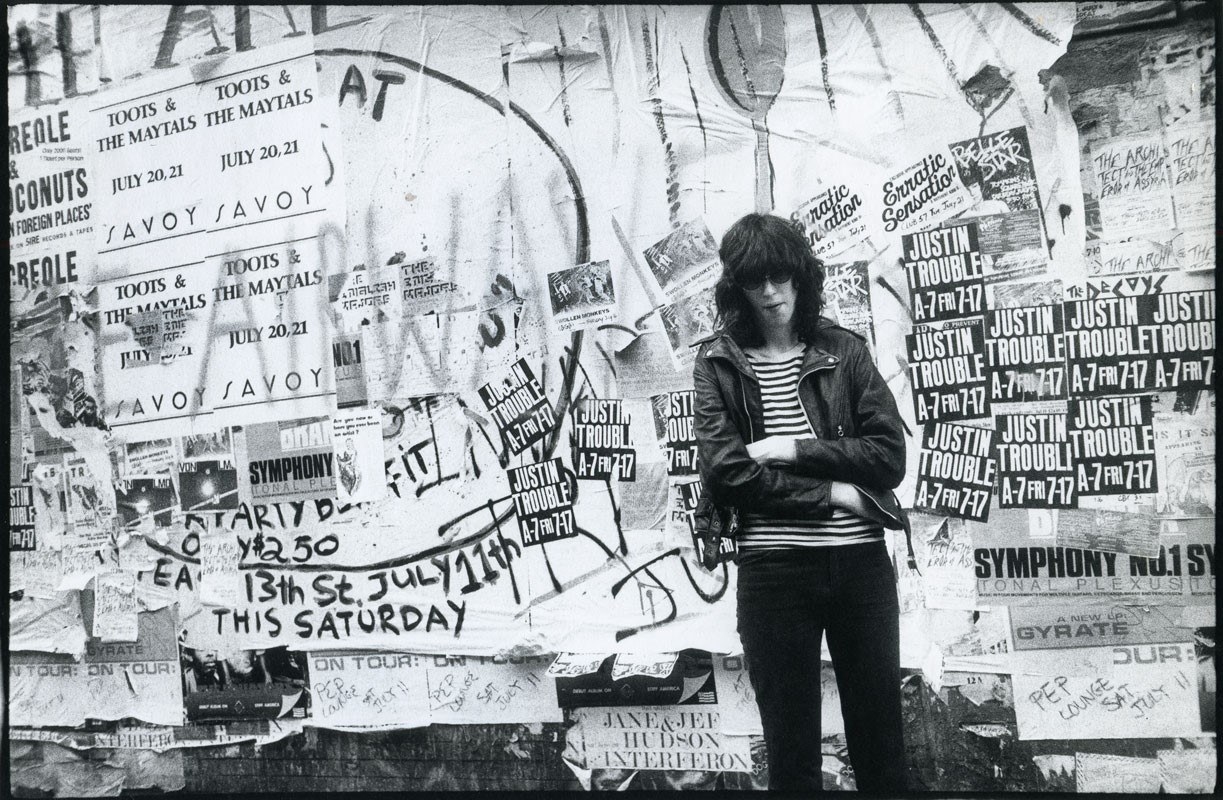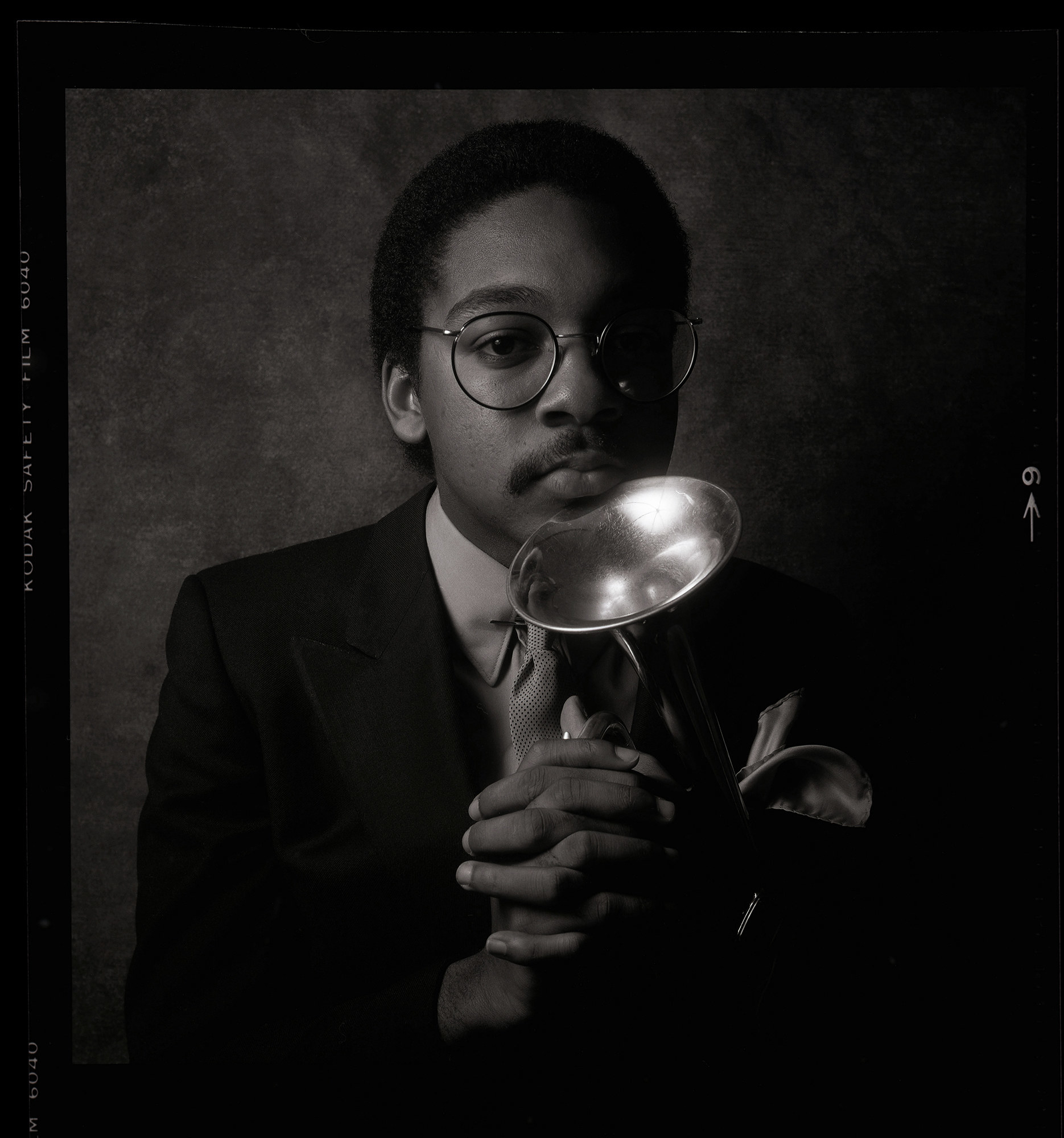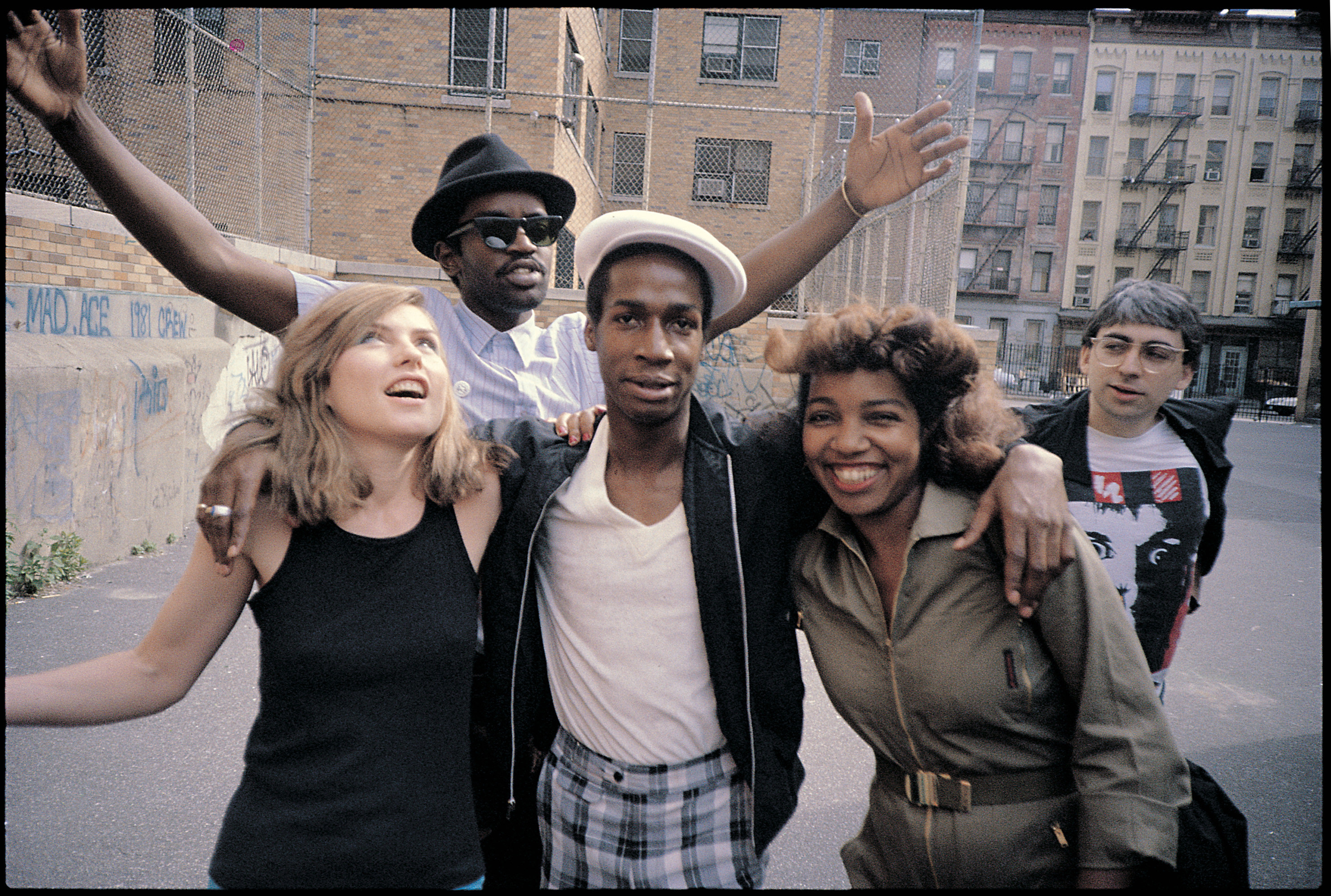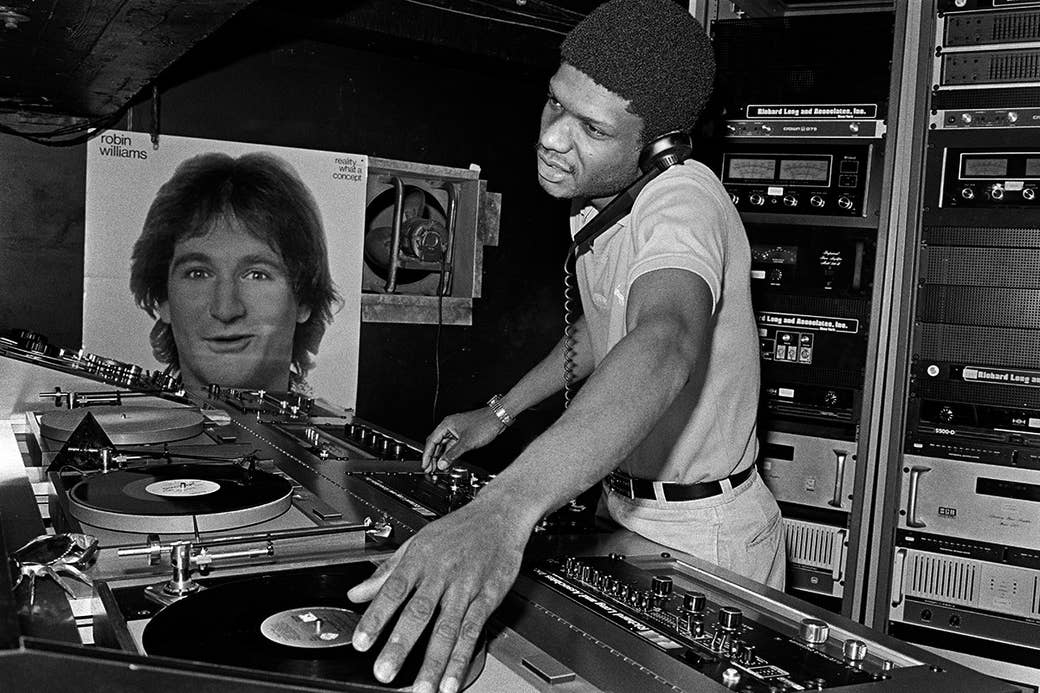
New York is known and beloved for its vibrant music life, but the scene in the early 1980s holds a special place in history. At that time, disco was waning, house music was still underground, and MTV had just started playing music videos to the masses. Punk ruled the night, but so did R&B. The mix of styles inspired artists to play outside their genres, as a very fun exhibition now showing at the Museum of the City of New York reminds us.
The energy of the era was palpable, with the artists being documented by everyone from amateur videographers to formal portrait photographers like William Coupon, who started his long career by taking pictures of the musicians in clubs. A wide variety of photographs in the exhibition, along with a remarkable collection of posters and performance videos, adds to a feeling of immersion in the scene. Sean Corcoran, the museum’s curator of prints and photographs, took the time to talk with BuzzFeed News about the particular magic of this era and why it still resonates so deeply.
"The early ’80s are actually a really interesting time for music in New York because of what had already happened in the ’70s, music-wise. The city was coming out of a fiscal crisis, so it was stable, but it was pre-gentrification. It was affordable for artists to live in the city. And it was pretty wide open in terms of a lot of clubs being open at the time.
“By 1986 or ’87, the efforts to clean up the city [began] — there was a crackdown on cabaret laws. A number of clubs closed. The stock market crashed in ’87. The scene just kind of changed.
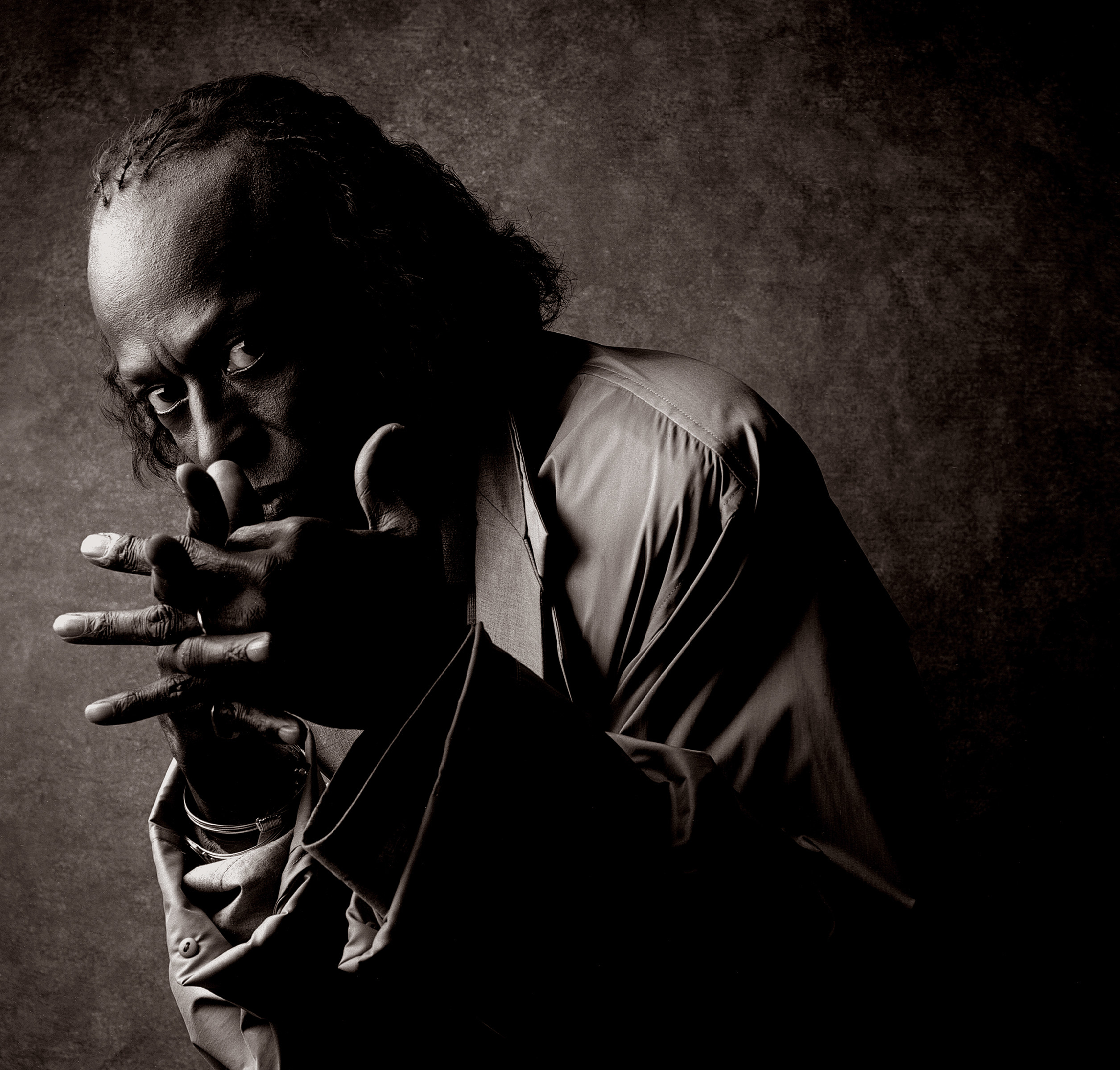
“I was particularly interested in the idea of all this music happening in that time frame. A number of musicians were drawing inspiration from music that wasn't necessarily the kinds of music they were initially known for. In these early years, we have someone like Debbie Harry or Blondie meeting via Fab 5 Freddy or Grandmaster Flash, and getting to know hip-hop. DJs were coming downtown and performing in what would have been otherwise kind of considered punk clubs, like the Mud Club, or even someone like Herbie Hancock enlisting Grand Mixer DXT to scratch on what became the hit 'Rockit.' So there was a lot of mixing of ideas.
“For me, it was really important to explore the fun nostalgia of the ’80s. People certainly know Madonna and Cyndi Lauper, but I really wanted to make sure that people had the chance to see and explore and learn about a lot of other influential music that was happening in the city at the time.
“We chose about 14 moments with different bands and performances at different places across genres. The idea is to give an impression of the breadth and diversity of music being created in the city at the time. We have spreads of the Village Voice where they had all the listings so you could see who was playing and all the different clubs. All in a few pages, you could kind of map out your week, or even your night. There was just so much activity.”
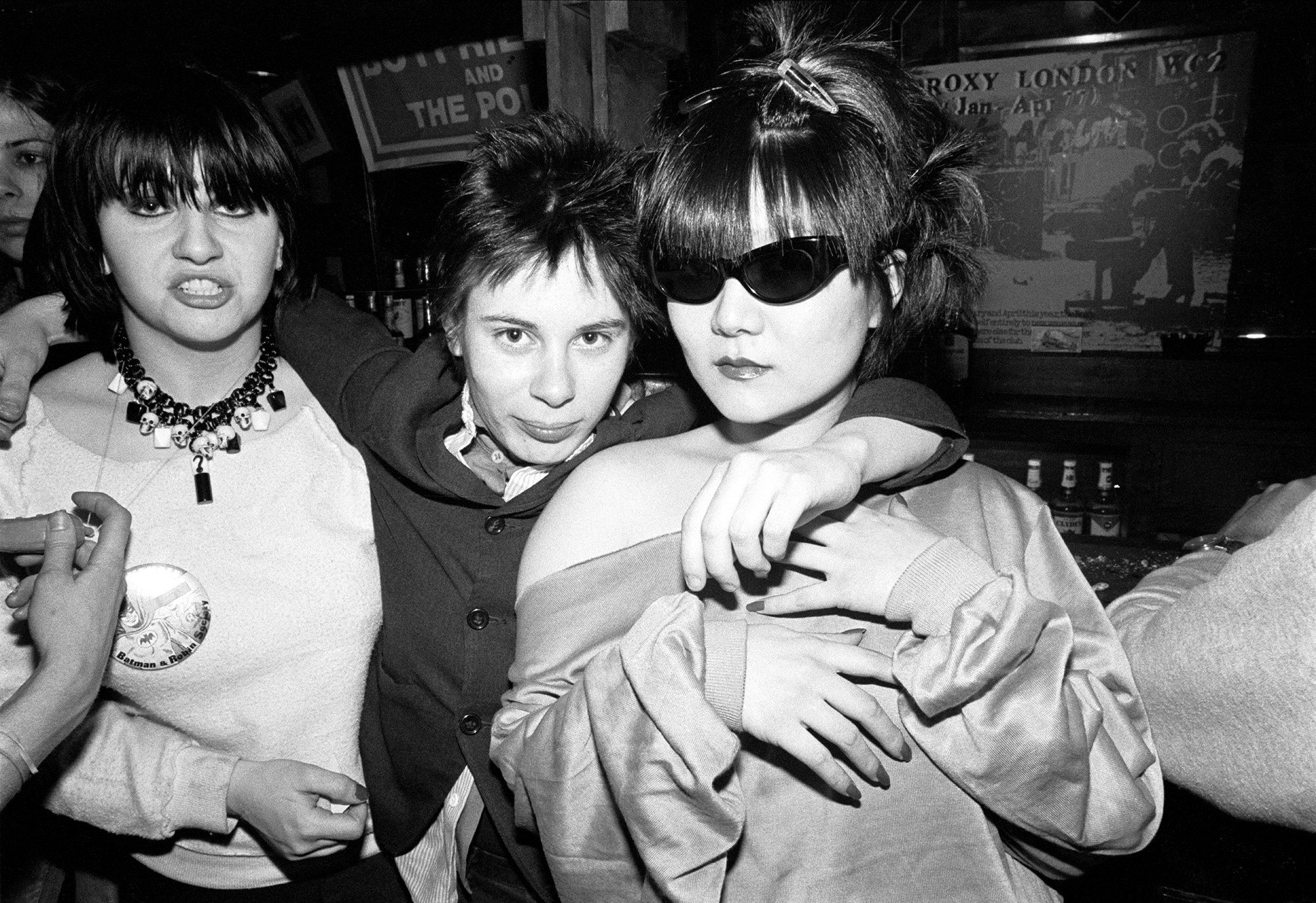
Can you talk a little bit about the variety of photos?
We tried to have a real balance of performance pictures. Pictures of bands on stage would kind of give you a sense of the energy of what was happening on the stages, but also portraits of the musicians to give a sense of who they were as people, as individuals, and to give a sense of the city as the backdrop for all of what was happening.
When you visit the exhibition, besides the photographs, which go along with the moment and try to tell specific stories of genre, there is actually one wall that's salon-style of just photographs of musicians hung in a way in which there is no distinction [between the musicians] and the kinds of music they make. It's all about a visual impression. It's meant to also signify that for a lot of musicians, they may have played a certain kind of music, but they were part of the swirl of creativity happening.
I spent a lot of time with music and thinking through the things that maybe are overlooked these days, or deserve another look to tell a more complete story about music and the city.
Do you see any parallels from that time and now, when we're at the very beginning of a reemergence [from the pandemic]?
I think it's maybe a little too early to tell because venues are just really beginning to get booked. My hope is that the rents will stay low enough for the venues to stay open and survive, because you need the venues. You need the places for bands to be able to play. Ideally, you would also have an affordable city, so musicians could afford to live here rather than just tour through the city, to really be able to create a scene. I think it's early, but I think we should be hopeful. I mean, in a certain sense, the time we're talking about, these early ’80s, is a moment of its own, and it probably would be pretty hard to re-create, but there is hope that maybe we can have something develop out of what was a tragedy.
